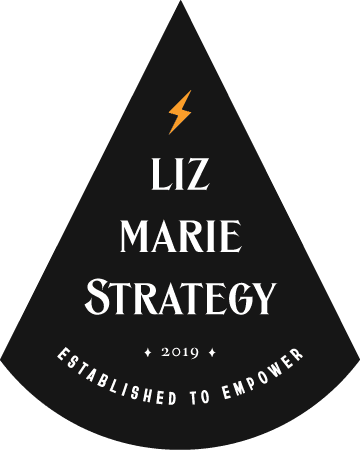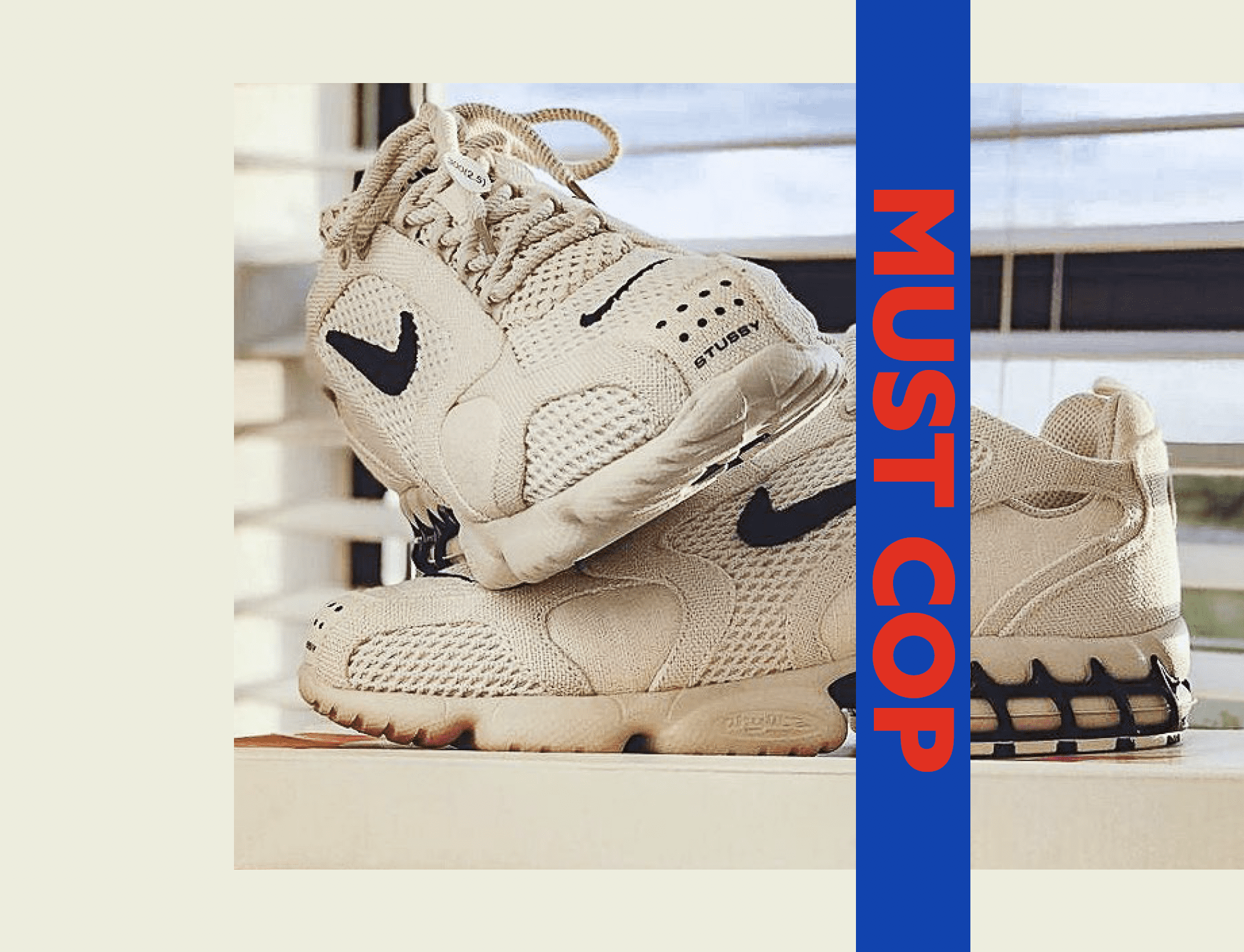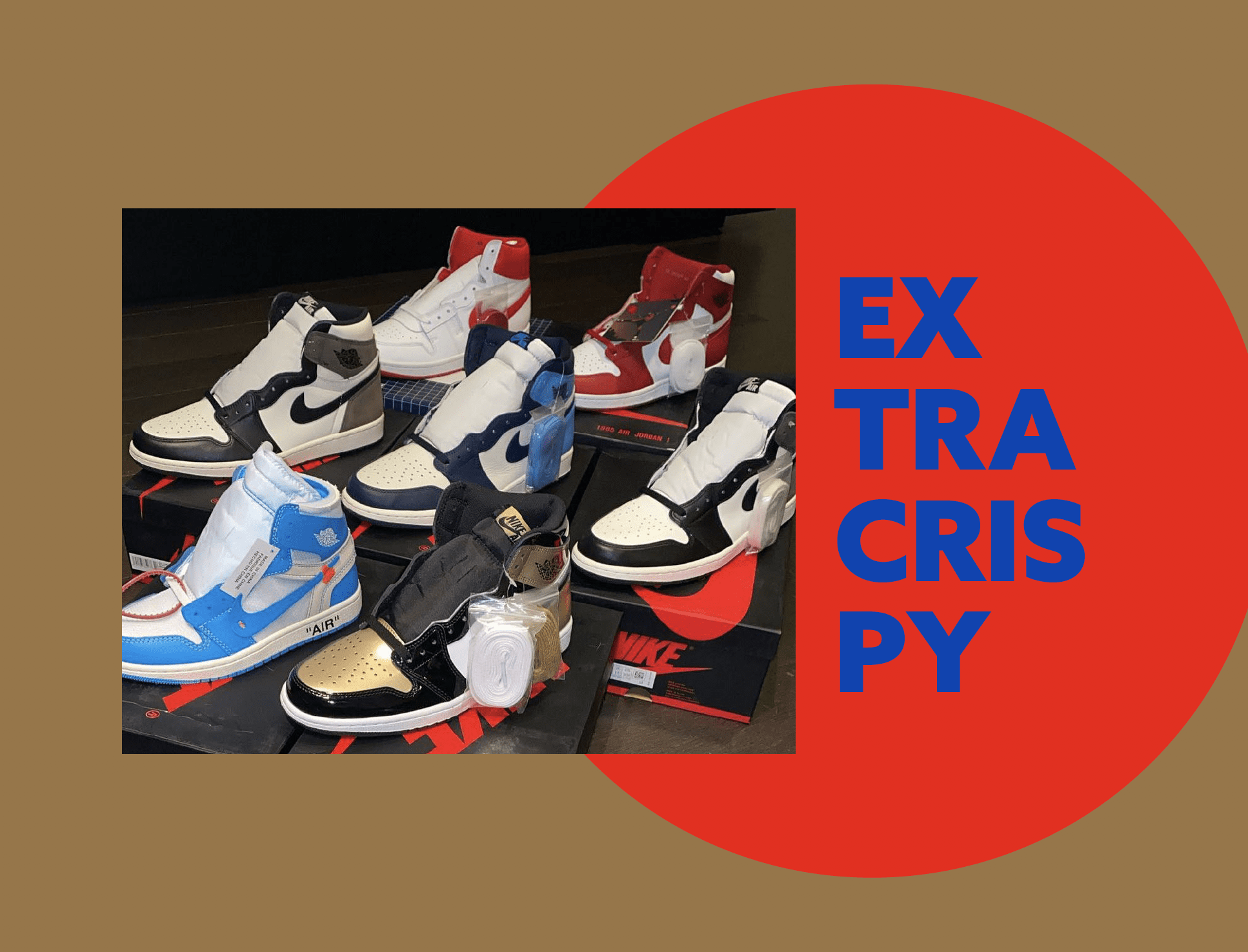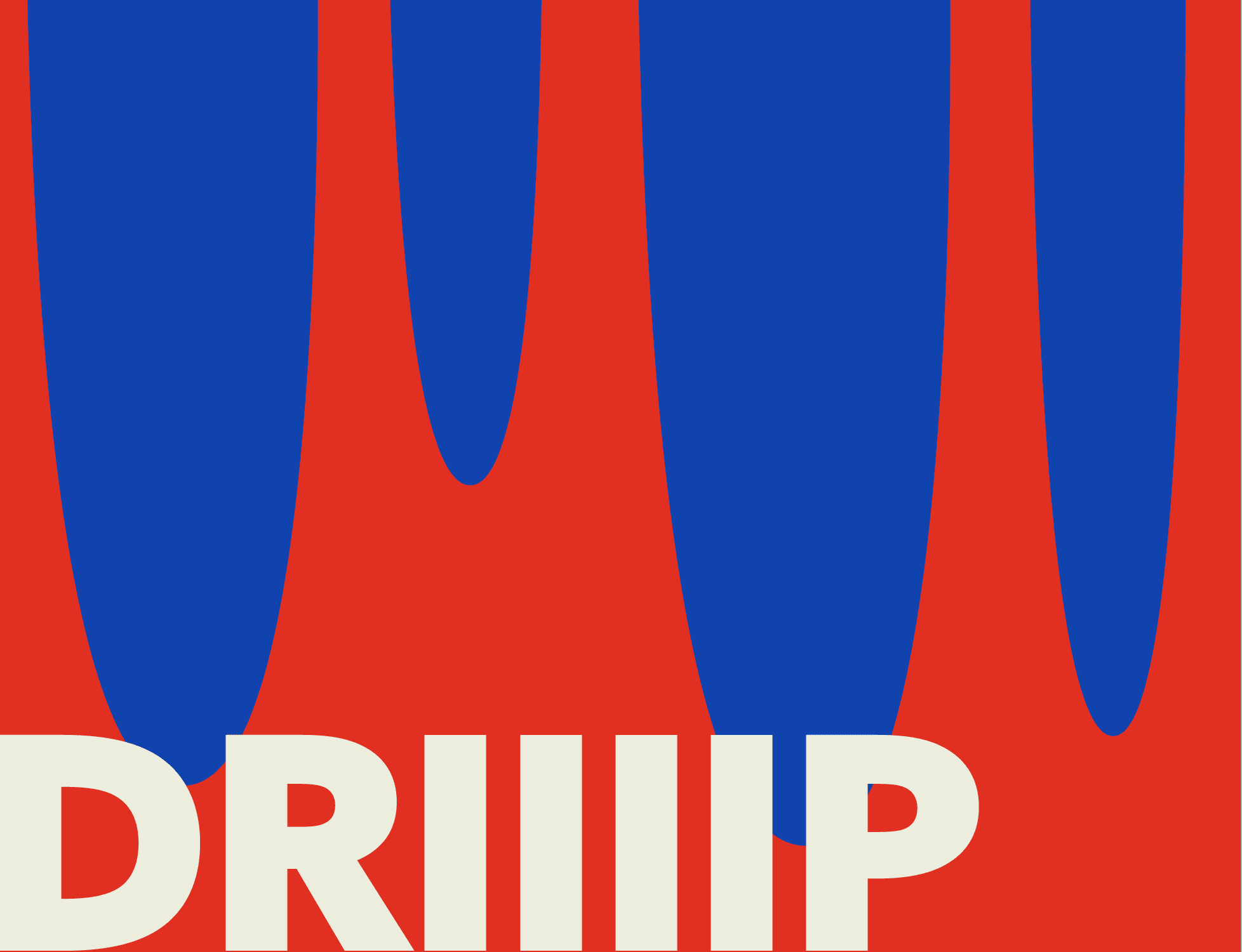Listen up: A logo is not a brand identity.
Your visual branding requires so much more than one little graphic to bring it to life and resonate with your audience.
In this article, I’ll break down all components that should be included in your branding to make sure that you have a rich, vivid, evocative visual language that people can immediately identify with and be like, “Fuck yeah, I want some of that!”
What is a brand identity?
Brand identity, brand identity design, brand design, visual identity… they all mean the same thing:
THE LOOK. The visible elements of a brand that identify and distinguish the brand in consumers’ minds.
It’s what makes you recognizable.
The first example you may think of is a logo, and sure, that’s an essential part of your visual identity, but it’s not everything. There’s SO much more that goes into a brand identity.
The 6 elements your brand identity should include
1. A Whole Logo System
With all the logo options…
A logo system is different than just a logo–it’s a flexible set of variations, versions and files that ensures your logo can work in any situation.
For example, do you have:
- A circular version for social media profile icons?
- An all-white “reversed” version to use on top of photos or dark colors?
- A black and white version?
- Logos with a transparent background?
- A two-color version for printing?
- Different sizes?
- High-resolution files?
Do you have a robust, super flexible system that you can use in pretty much any situation EVER?
Because that is the goal.
And unfortunately, that is not what all brand designers provide. I can’t tell you how many clients I’ve worked with who have just one image for their logo.
My brand design clients end up with dozens that accommodate every use case. The more flexibility you have with your logo and the supporting graphics that go with it, the better. Here’s an example from my project with The Sexology Files:
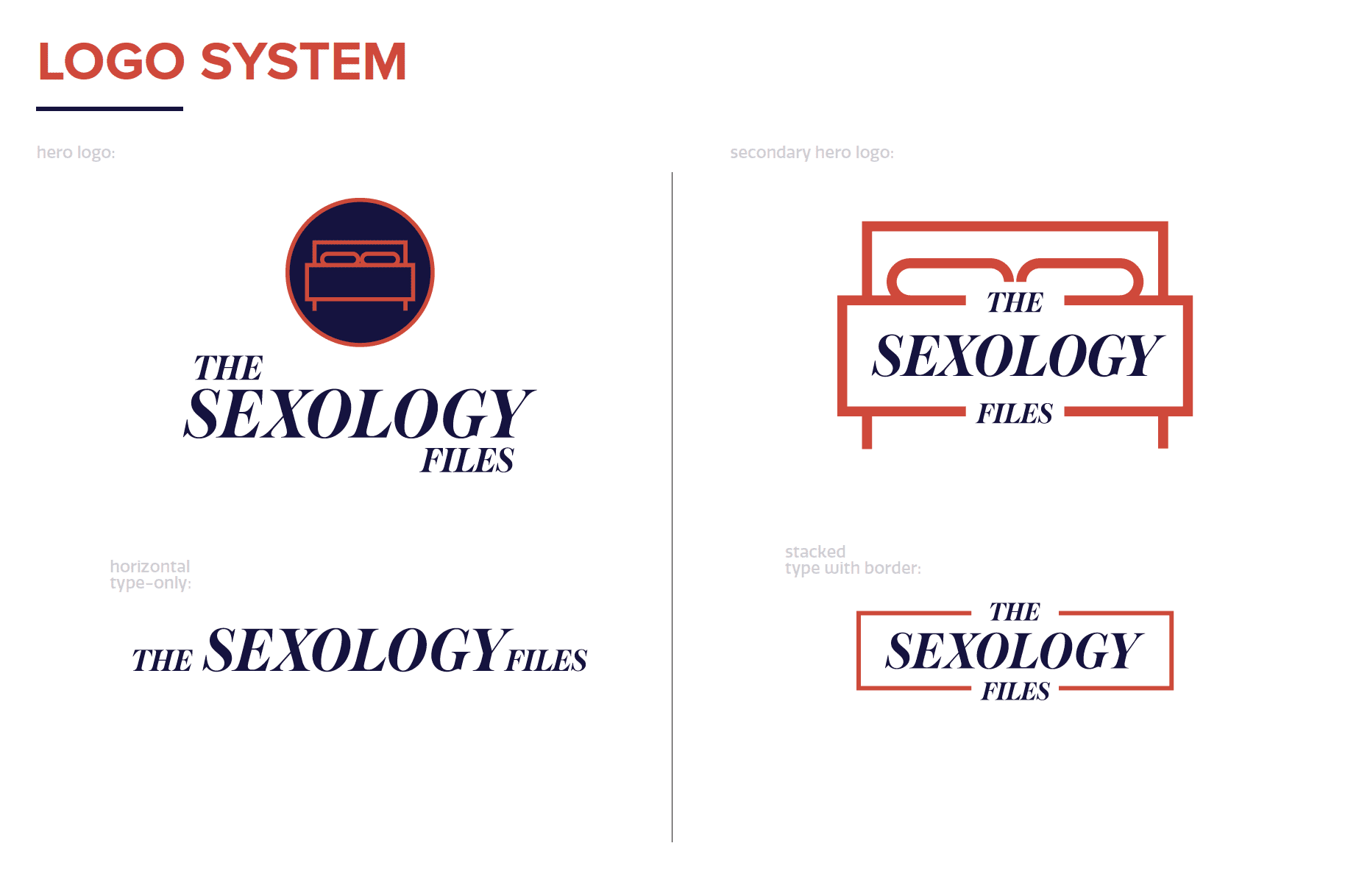
…And Custom Brand Marks
Brand marks are custom graphics or icons that compliment your logo. Just as the perfect accessory makes the outfit, brand marks can really spice up your design.
Plus, they’re unique to you, 100% true to your brand, and you can use them anywhere you want.
Here are some of my own brand marks:
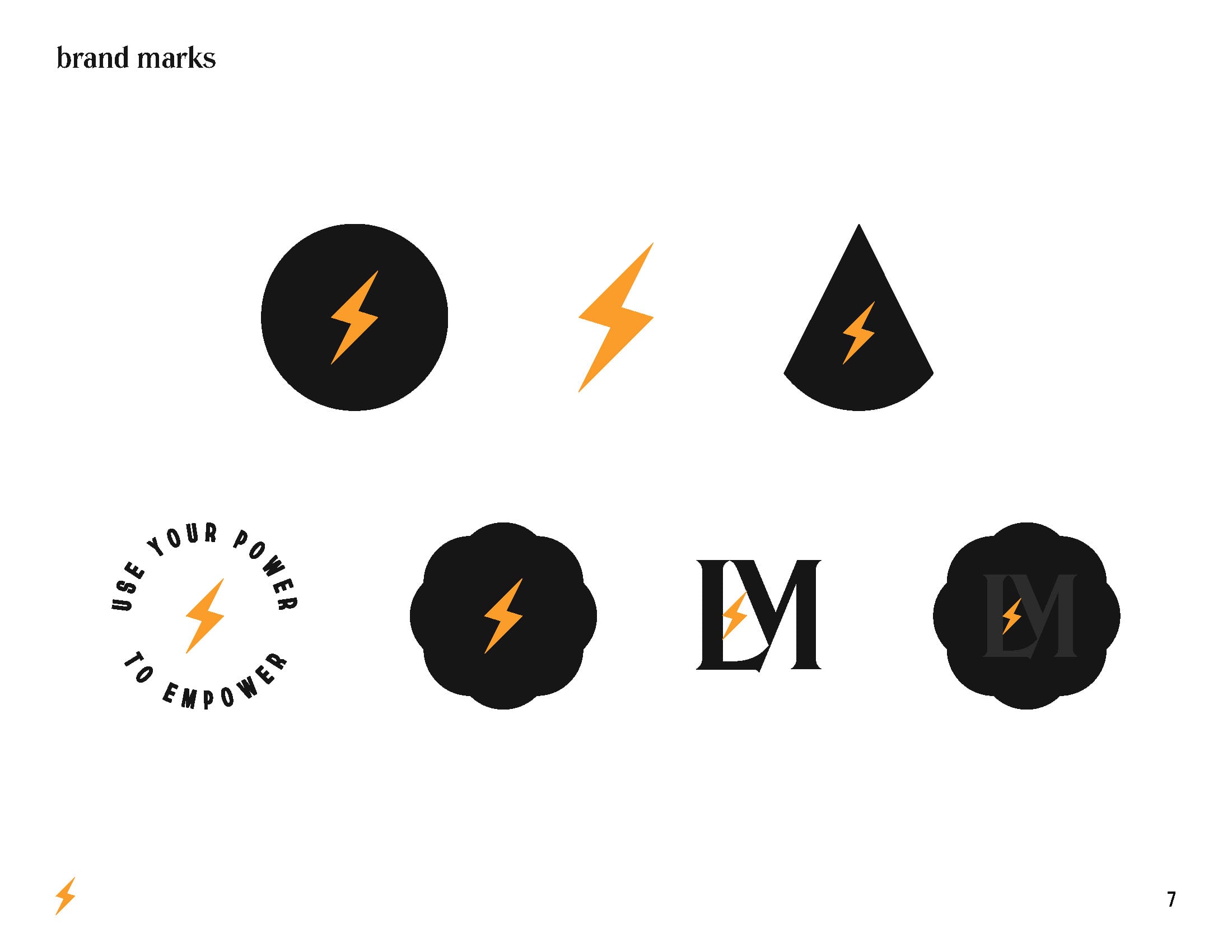
2. An Awesome Color Palette
Colors are huge! Colors key in on our psychology as humans – they make us feel stuff! There’s a reason we say seeing red or feeling blue, that’s what colors do to us. So, your brand colors are crucial.
Consistency is key for colors
When it comes to color for your brand, the biggest thing is having a predetermined palette with specific color values that you know exactly what they are, and you can use them consistently.
I see a lot of people just grabbing a color picker and kind of guessing at what their blue or green is. We don’t do that up in here! You need to have defined colors. You need to know your hex, CMYK, and RGB values. These values are what you need for your many different color uses like print, digital, or web.
You Need a Harmonious Mix
Crafting a perfect palette is a skill! You need to have balance and use colors that complement each other so that you have flexibility. If all your colors are of the same richness, vividness, saturation, darkness, or lightness, you’re not going to be able to use one on top of each other you may not be able to put them right next to each other.
You want to have a thoughtfully designed color palette and all of the values that you’re ever going to need right there at your disposal.
Here’s an example from A Seat at Sylvia’s Table :

3. A Clear Type System
I’ve said it once, and I’ll say it again: The number one thing that I see non-designers mess up, and mess up BIG, is their type. They’re using 50 different fonts. They’re using a different font every time they create an ad or a social post. They’re not using high quality fonts that really represent them well.
Typography is crucial, and a brand identity system should define the 1-3 typefaces you use every time.
They should be complementary to each other, and you should also know exactly how & when to use them.
While some brand identity designers assign one font for headers and one for text, but I prefer to create a whole system including several levels of headers, multiple sizes of body copy, and pull quotes or accent text. This system tells you exactly when to use bold, ALL-CAPS, italic, colored text or any other variation you want to incorporate, so you can be consistent every time.
This way, you have a whole hierarchy of types that you know how to use any time you need it, spelled out for you clear as day.
Here’s an example:

4. All The Visuals
This is kind of a catch-all bucket for all the other stuff you look at including:
- Photography
- Graphics
- Shapes
- Patterns
- Illustrations
- Any other filler visuals you need when you’re creating a brand and marketing it
Your visuals need to be clearly defined as part of your brand identity. Not every brand uses every visual. You just want to be sure that whatever you’re using, whether it’s photography, illustrations, a pattern, etc. that they’re cohesive. You want a lot of tools at your disposal, but you need to make sure it all works together as well as with your colors, type, and logo.
There are so many variants between the visuals types themselves. When you think about photography, there are different styles, subject matter, photo treatments. You might have a specific brand filter that you use on all your photos. For example, I use a specific preset in LightRoom when editing my thumbnails for my videos. If you’re incorporating illustrations, think about the style: do you want it to be cartoony or look like fashion illustration?
You want to get super specific; that way, you have a clear look and aesthetic that you become known for. This aesthetic can be a combination of any of the visuals. Whatever your style, you need to know exactly what it is and be very thought out and complementary to the rest of your brand, giving you a full visual language.
I use photography, illustrations and patterns in my own branding. Here’s an example from my brand guidelines:
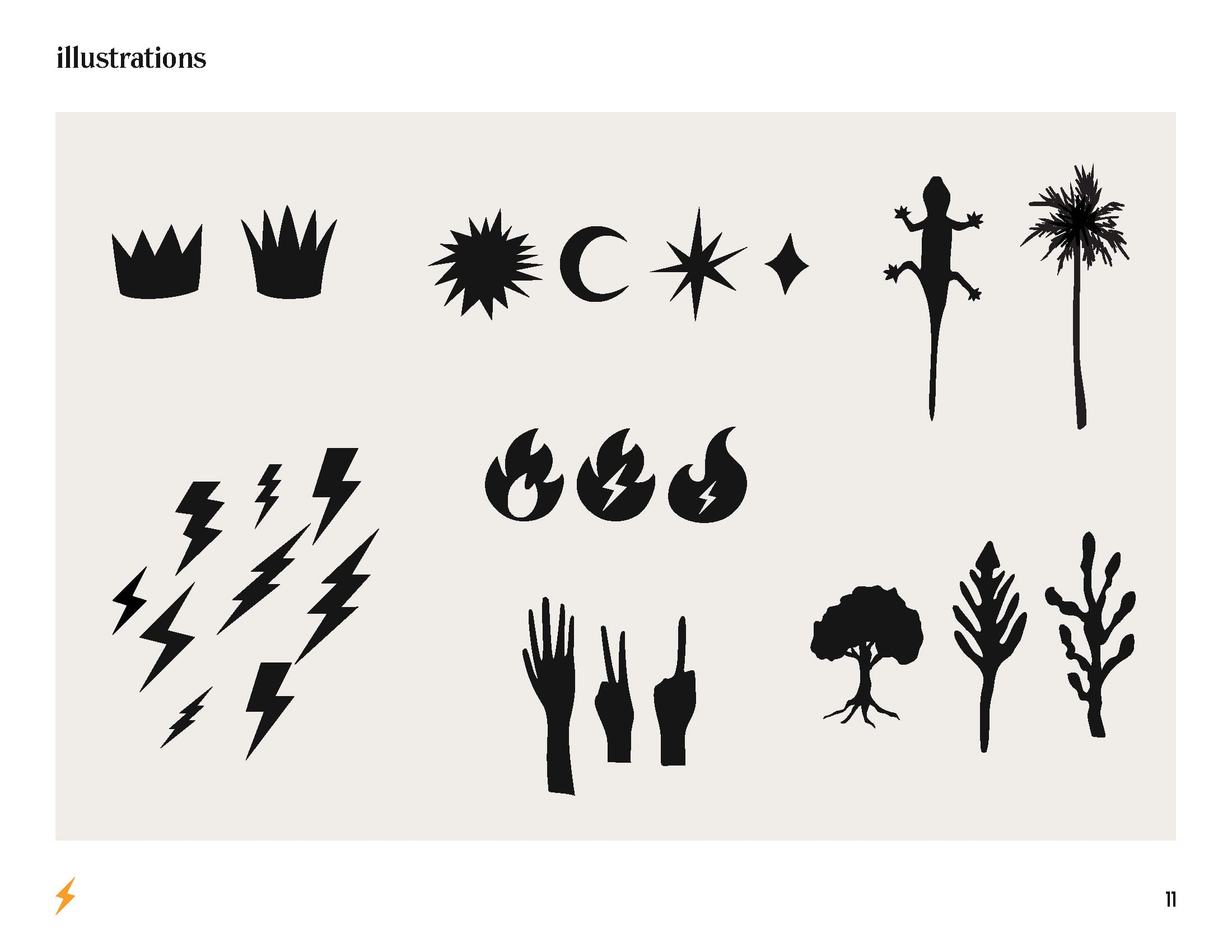

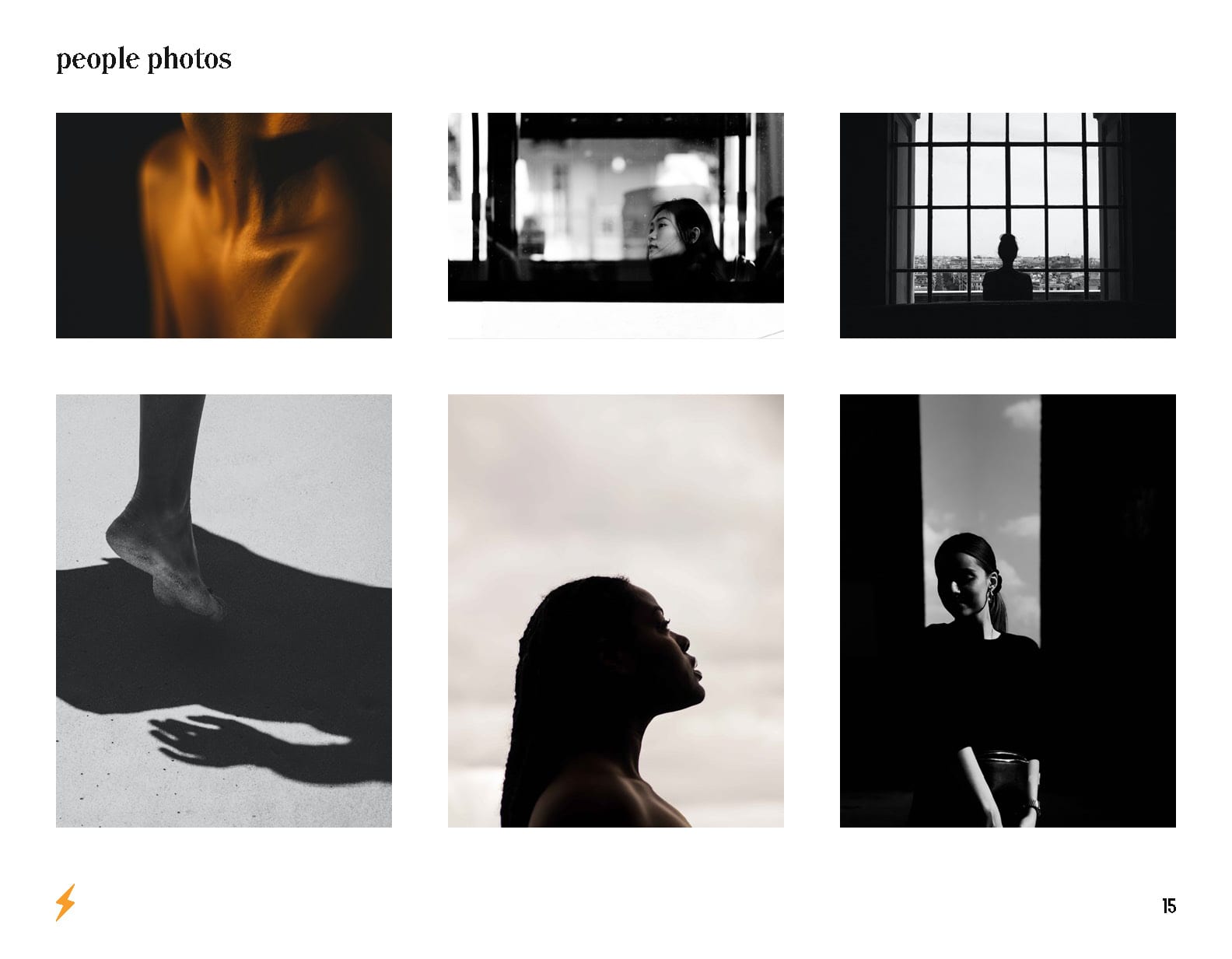
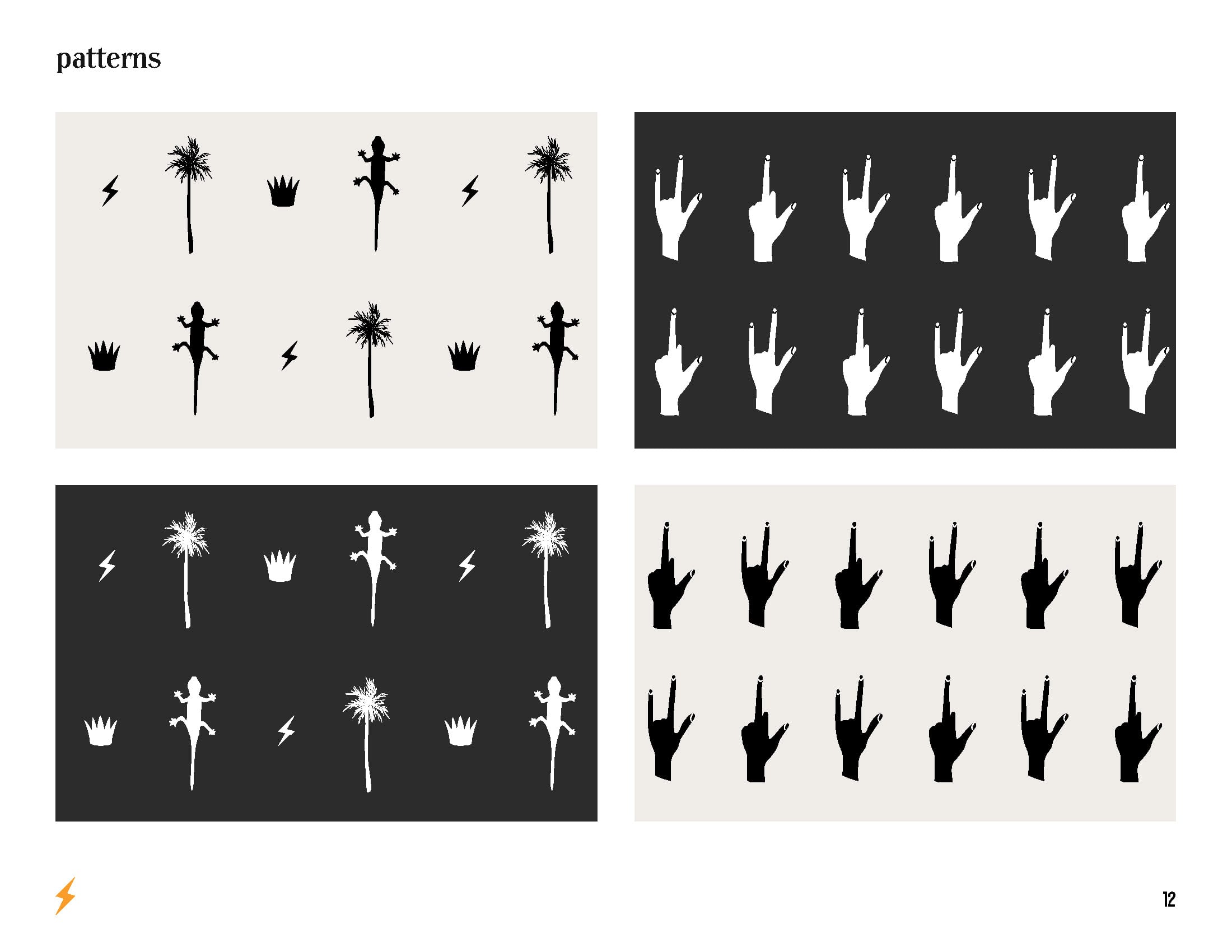
5. Amazing Art Direction
Art direction is essentially how you actually use all of these elements together in practice.
It’s how you actually design something for your brand.
This is super important because there are so many tiny decisions that you, or a designer, make when creating a flyer, video, brochure, or ad, whatever it may be that needs your branding.
It’s impossible to list them all, but here are a few of these design decisions you may not have considered:
- How do you align text?
- What margins or spacing do you use between elements?
- Do you use horizontal rules to divide text?
- Text directly on top of an image? Use a text box instead?
- Do you use gradients? Or shadows? Or borders? Or outlines?
- Do you crop images into a circle or keep them square?
- Do your buttons have rounded corners?
A good brand designer will give you a start to figuring out how those pieces should all work together.
Here are a few art direction mock-ups for a project with Kicks Be Kreme:
6. Detailed Brand Guidelines
A lot of brand designers will create all of these pieces for you, give you all the components, and then send you on your way. But what are you supposed to do with that? Especially if you’re not a designer! You have 50 logo files, you have some color values, but how do you use them? That’s where brand guidelines come into play.
Brand guidelines spell everything out for you. They explain every detail of how to implement your new brand identity.
And this is important, not just for you, but for others you work with. When you have brand guidelines, anyone that you bring onto your team, any contractor, agency, anyone that works with you in any capacity will have it all spelled out, so your brand stays consistent.
Here are some examples of great brand guidelines.
Branding is all about consistency
As I’ve said over and over again: consistency is the name of the game in branding.
You want to be known for a certain look. You want people to recognize the look of your brand. Being recognizable builds brand equity, and that’s THE goal! So you have to be consistent. If you change things up all the time, people won’t have any idea what to know you for.

Remember, when it comes to creating a brand identity, whether you are doing it yourself or hiring a designer to do it for you, you need so much more than a logo. You need a logo system, colors, typography, graphics, visuals, art direction, and unique brand guidelines to bring it all home.
The next time you start building a brand from scratch or enlisting some help, make sure that you have all of those boxes checked so that you get your money’s worth.
Need more guidance? Grab my free training!
If you’d like a little more help, you can check out my free training: How to Build a Powerful Brand from Scratch. It’s a three-part video training that outlines key components of building a successful brand and how to approach them on your own.
